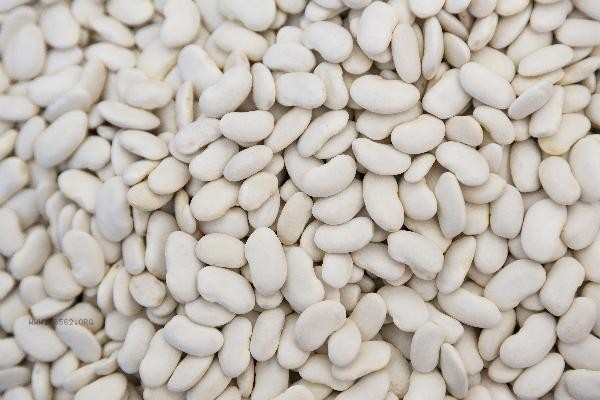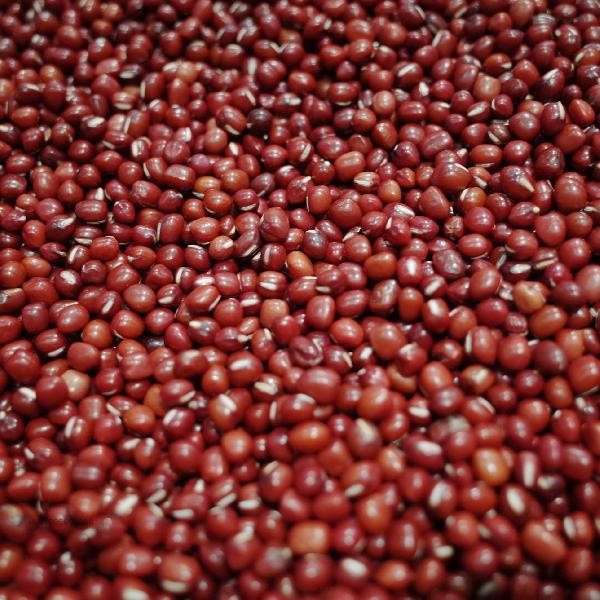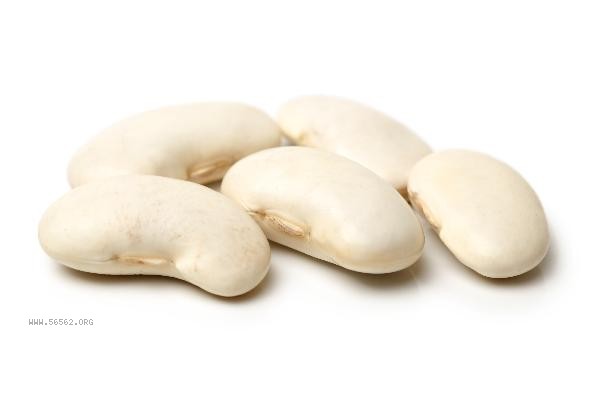Soybeans, black beans, mung beans, red beans, broad beans and other legumes can easily cause bloating. Beans contain oligosaccharides and dietary fiber, which may increase intestinal gas production, but can reduce discomfort through proper cooking and pairing.

1. Soybeans
Soybeans contain oligosaccharides such as raffinose and raffinose, and the human body lacks enzymes to break down these sugars, resulting in their fermentation and gas production by gut microbiota in the large intestine. It is recommended to soak more than 12 hours in advance, or choose fermented bean products such as fermented bean curd to reduce the probability of flatulence. Individuals with weak gastrointestinal function should control their single consumption.
2. Black beans
Black bean skin has a high content of dietary fiber, which may slow down digestion when combined with legume protein. When cooking, it is recommended to extend the stewing time until soft and tender, and pairing it with spices such as tangerine peel and fennel can help decompose gas producing substances. Traditional Chinese medicine believes that black beans can promote diuresis and reduce swelling, but those with spleen deficiency and loose stools should consume them with caution.
3. Mung beans
Mung beans have a dense starch structure, which can easily interact with gut microbiota and produce gas when consumed quickly. Germination treatment can convert some oligosaccharides into green bean sprouts or peel them when boiling green bean soup, which can significantly reduce bloating. It is recommended to use ginger as an isothermal ingredient to balance the coldness during summer heat relief.

4. Red beans
Red beans contain a high proportion of dietary fiber and resistant starch, which may stimulate intestinal peristalsis when not fully cooked. Stewing or making bean paste in a pressure cooker can damage the cell wall structure and make nutrients more easily absorbed. When paired with glutinous rice, attention should be paid to controlling the total amount to avoid increasing digestion burden.
Five, fava beans
fava beans contain special ingredients such as puerarin, and some people may experience bloating or even fava bean disease due to genetic deficiency of digestive enzymes. Fresh fava beans need to be thoroughly blanched to remove astringency, while dried fava beans are recommended to be soaked in different amounts of water. Children should try small amounts of food for the first time, and seek medical attention immediately if abnormalities such as hemoglobinuria occur.

It is recommended to soak the beans in advance and replace the soaking water, and use long-term stewing or fermentation methods for processing. Pairing with ingredients rich in digestive enzymes such as pineapple and papaya, or drinking mint tea, fennel tea, etc. after meals can help alleviate bloating. Daily consumption can gradually increase to help the gut microbiota adapt. If severe bloating and diarrhea persist, potential gastrointestinal diseases such as irritable bowel syndrome should be investigated. Elderly people and postoperative patients should choose to supplement plant-based protein with peeled soy products.








Comments (0)
Leave a Comment
No comments yet
Be the first to share your thoughts!